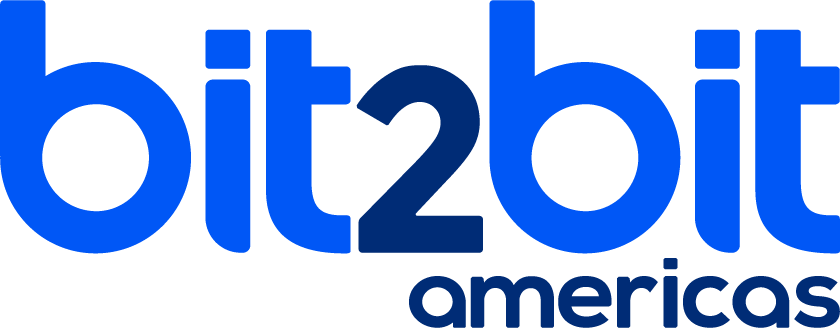Jira app development for Device42
bit2bit Americas developed for Device42 an app that integrates
Jira Service Management Cloud with their platform
Client

Name
Device42
Clients
+1000
Countries
+60
Industry
Software
Location
USA
Business need
Device42 is the leading Hybrid IT Discovery and Dependency Mapping solution. One of its usage scenarios is the discovery of technology assets, which are stored in the product’s CMDB (Configuration Management Database). On the other hand, Jira Service Management (JSM) is an Atlassian product that serves as a platform for implementing ITSM solutions and has an IT Asset Management module, which can be integrated with other solutions. In this context, Device42 required a Jira app (a marketable module) in order to achieve an integration between both products so that organizations can use them in a natural way. The app allows the compilation of IT assets information and their dependencies from Device42’s CMDB. This information can be visualized in the IT assets tree of Jira Service Management’s IT Asset Management module.
Solution
Device42 requested bit2bit Americas to create this Jira app, which had to be available 24/7 and be ready to scale in the face of a growing user demand. In this context, a solution with the following features was implemented:
- Based on cloud technology.
- Microservices architecture that can run on a serverless platform.
- Scalable to adapt to a growing demand.
- Ability to configure the integration without the need to be an app administrator in Jira.
- Supports GDPR-compliant US and EU cloud connectors, keeping the data within the region.
- Configurable synchronization on selected days and time.
The app can be viewed here.
Technology
The technologies used in this implementation was the following:

Customer Satisfaction
Device42 rated us with 90% of
satisfaction.

Why bit2bit Americas?
Expectations were high as Device42 needed a partner with experience, the ability to understand their processes and needs, and above all, be able to provide high-quality work and teamwork. Device42 came to bit2bit Americas for having the necessary knowledge and experience.
"The whole process went very smoothly. The bit2bit Americas team integrated well with
our product and engineering team, and did a great job communicating project status
and providing constant feedback. They were also very flexible and adapted well
to the constant reprioritization of features."
Device42 Team
